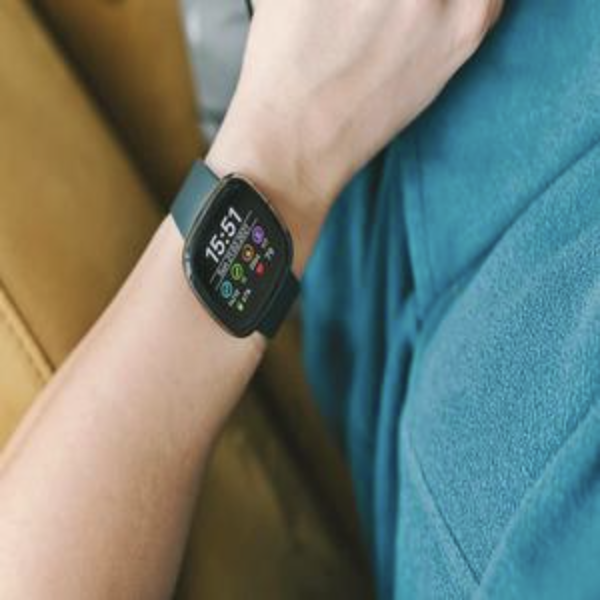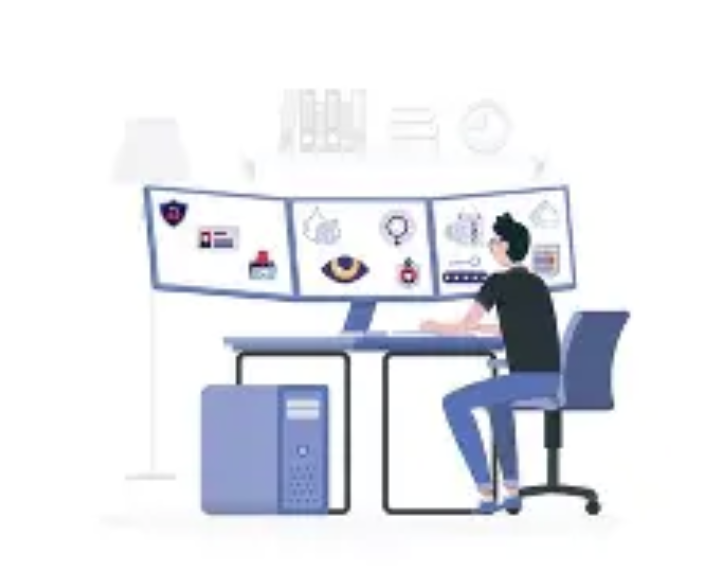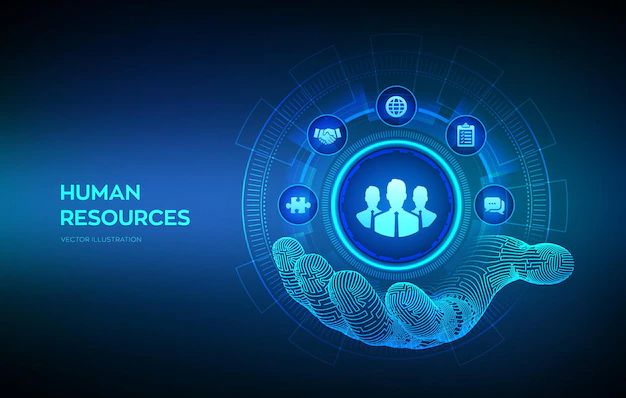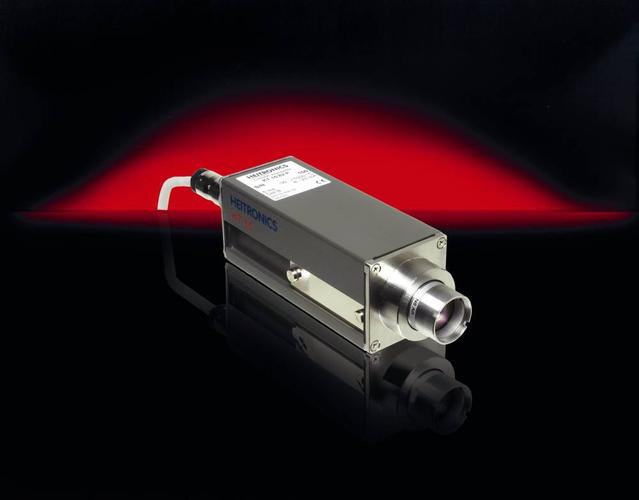Wearables: Quietly Shaping Your Lifespan
The Invisible Health Architects
More than just counting steps and monitoring heart rates, advanced wearables are transforming into personal coaches for longevity. For example, the Oura Ring 3, popular among tech leaders, not only measures how long you sleep but also how deeply you sleep, especially during slow-wave periods, which are vital for cell repair. A study from the University of California found that regular deep sleep patterns tracked by such devices can reduce the risk of cognitive decline related to aging by 30%. For those with higher incomes, these tools serve as early detection systems; minor changes in skin temperature or variations in resting heart rate can indicate potential metabolic problems before any actual symptoms arise.

Data as Preventive Medicine
High-end health platforms are now combining data from wearables with genetic information. For $600 each month, services such as InsideTracker connect Fitbit Charge 5 statistics with blood test evaluations, identifying vitamin shortages that can speed up aging. A hedge fund manager praised this technology for spotting signs of pre-diabetes, allowing him to change his diet and steer clear of medication. These gadgets change simple monitoring into valuable insights, making “wellness” measurable—attracting people who view their health as an investment portfolio.

The Longevity Ecosystem Effect
Luxury wearables are becoming part of larger health systems. When combined with a concierge medical service, the Apple Watch Ultra can initiate specialist appointments on the same day if it detects any issues. A recent study from a clinic in Beverly Hills revealed that patients who utilized this service experienced a 40% decrease in emergency hospital visits over three years. For wealthy individuals, this allows them to prevent serious health problems that could reduce their lifespan—identifying a slight arrhythmia before it leads to a stroke, or managing stress before high blood pressure sets in.
The Dark Side of Constant Monitoring
There's an interesting contradiction: monitoring health too much can lead to problems. A study from Stanford focusing on users of expensive wearable devices showed that 15% of participants experienced "health anxiety," which negatively impacted their sleep due to an obsession with the data. So, what’s the answer? High-end devices now include "adaptive tracking," which reduces notifications to only those that are clinically important. For instance, the Garmin Epix Pro filters out typical heart rate variability changes and only alerts users when their patterns are unusual for 72 hours or more. This careful approach between being watchful and holding back is essential for long-term health; ongoing stress from unnecessary notifications can lead to the shortening of telomeres, the DNA caps associated with aging.

Longevity as a Lifestyle Algorithm
The latest advanced wearables are combining with lifestyle applications to develop tailored longevity algorithms. For instance, the Montblanc Summit 3 watch, priced at $1,200, connects with a personal chef service to modify meal plans based on real-time glucose readings from a continuous monitor. An entrepreneur in Silicon Valley utilizing this system noted a 22% boost in energy and a 15% enhancement in cardiovascular indicators within 18 months. These devices go beyond merely tracking life; they actively shape it, transforming vague aims like "live longer" into everyday, data-informed decisions.
For those who can invest in top-tier technology, wearables have gone beyond being just a trend. They are becoming seamless allies in the intentional quest for longevity, merging human skill with technology to redefine aging. The outcome is not merely additional years but also higher quality years, filled with the energy that truly signifies wealth.
(Writer:Lily)





